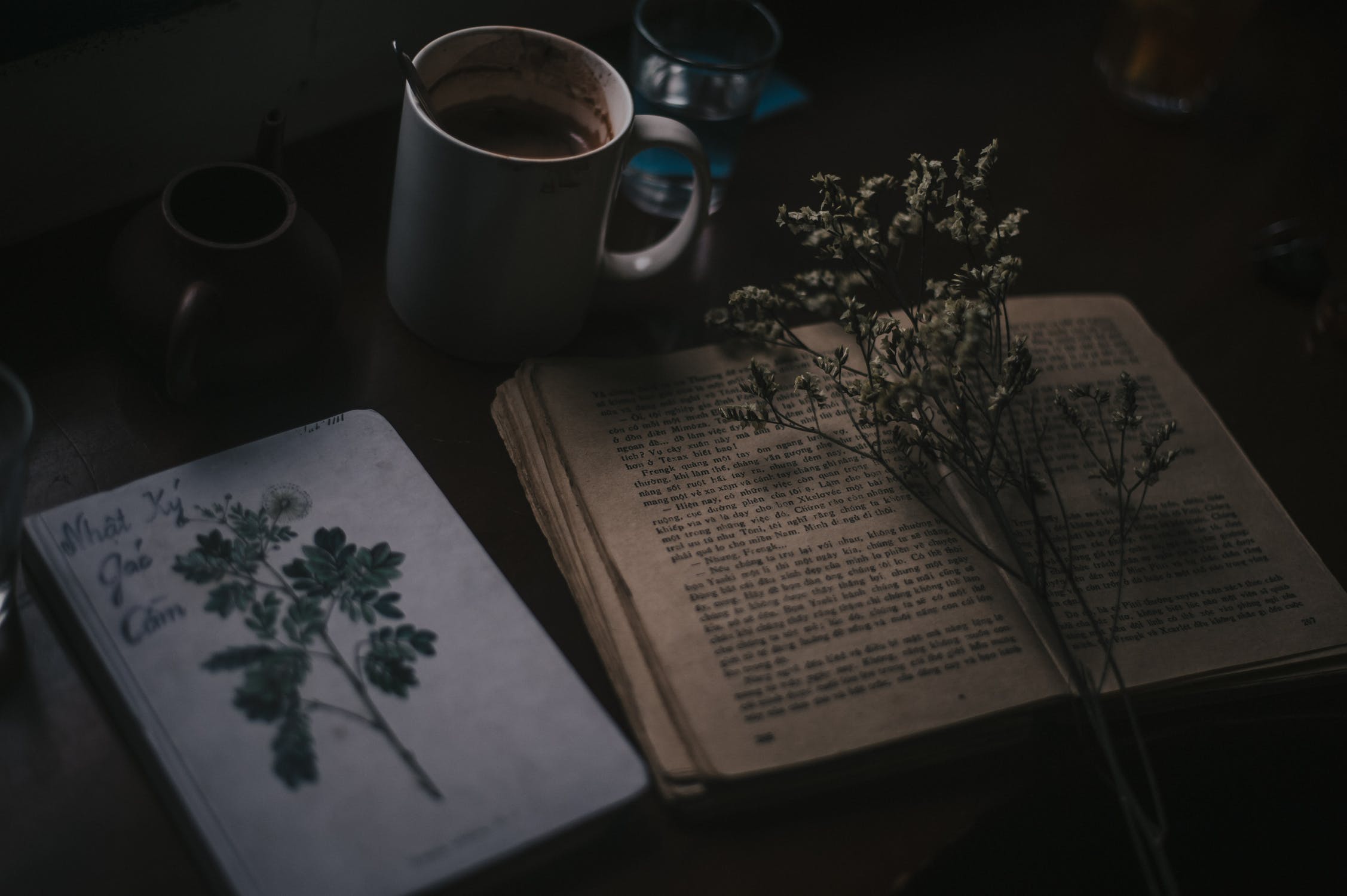So, you are a writer and you are looking for a laptop that supports your job or passion for writing. People who write a lot are looking for a comfortable keyboard, a performant laptop, and also highly portable. You may ask yourself what is the best laptop for writing a book. Is there such a thing as good laptops for writers? Well, maybe you will be surprised to find out that there are computers for writers. Writing on MacBook Air might just be the most comfortable experience. The word processor for mac works perfectly. The macbook mouse makes shortcuts easier. And once you learn how to drag files on mac and work with dragging icons, everything will just work so smoothly. So, let’s see. Is Mac indeed a great tool for writers?

User-Friendly Interface
One of the many things Macs are known for is their intuitive and user-friendly interface. The macOS operating system is designed to be sleek and simple, which can help writers focus on their work without getting distracted by unnecessary complexities. However, this does not mean that sometimes you might not experience drawbacks or bugs. If mac cannot drag and drop files, then you can troubleshoot the issue. You will be given some solutions to move text in documents, but also drag and drop files and folders. And all these will be easy to do as the interface is user-friendly. And you can fix any bug quickly so that you can go on with your writing.
Stability and Reliability
Macs are known for their stability and reliability. Which is exactly what you need as a writer. This means fewer crashes and interruptions, which is crucial for writers who need to maintain their concentration while working on their projects. Imagine writing an article or a chapter for your book and your laptop crashing. If you are working online, your work will be automatically saved. But if not, you will lose your work. So, you need a stable and reliable laptop.
High-Quality Hardware
Apple’s Macintosh computers enjoy a distinguished reputation for their top-tier construction and stellar performance. The Retina displays found on numerous Mac models provide writers with exceptionally sharp and vibrant visuals, facilitating seamless editing. Whether you’re delving into visuals, photos, or graphics for your written work, Macs guarantee the creation of vibrant and striking imagery. With their formidable computational capabilities, Macs are your steadfast companions for all your writing and creative pursuits.
Software Ecosystem
If you seek writing aids, it’s worth noting that Macs are equipped with an array of integrated productivity tools. Among these are Pages, a comprehensive word processor, TextEdit, a straightforward text editor, and Notes. Furthermore, macOS offers seamless access to well-known writing applications such as Microsoft Word, Scrivener, Ulysses, and a plethora of others to cater to your specific writing needs.
Seamless Integration
For those who possess additional Apple devices, such as an iPhone or iPad, the seamless synergy between them is a boon. Through features like iCloud synchronization, your documents become accessible from any device, offering unparalleled convenience for writers frequently on the go. This means you’re not tethered to your laptop; you can seamlessly continue your textual endeavors during commutes or while traveling.
Multitasking Capability
MacOS provides a robust multitasking environment, enabling writers to have multiple documents, research materials, and reference materials open simultaneously, making it easier to cross-reference and research while writing. So, multitasking has never been easier.
Voice Dictation and Siri
For those moments when the writing muse seems elusive, take solace in the voice dictation feature and Siri, Apple’s adept virtual assistant. Employ voice commands to transcribe your thoughts or execute tasks – an invaluable asset for those who favor verbal articulation in their creative process.
Third-Party Apps
The Mac App Store presents an extensive selection of third-party applications and utilities designed to elevate the writing journey. Whether you seek grammar and spell checkers, serene distraction-free writing environments, or robust research aids, a plethora of choices awaits to tailor your writing ecosystem. These options can significantly enhance the quality of your writing sessions and ensure seamless functionality.
Longevity
Changing your laptop every few years might feel like a burden. Especially if you have to transfer all the files. Well, macs are known for their durability and longevity, which means that your investment in a Mac can last you several years. Which ensures a stable writing platform over an extended period.
Conclusion
Ultimately, whether a Mac is the best tool for a writer depends on personal preferences and specific writing needs. Some writers may prefer other operating systems or hardware, but Mac’s combination of user-friendly design, reliable performance, and a rich software ecosystem makes it a strong choice for many writers.
